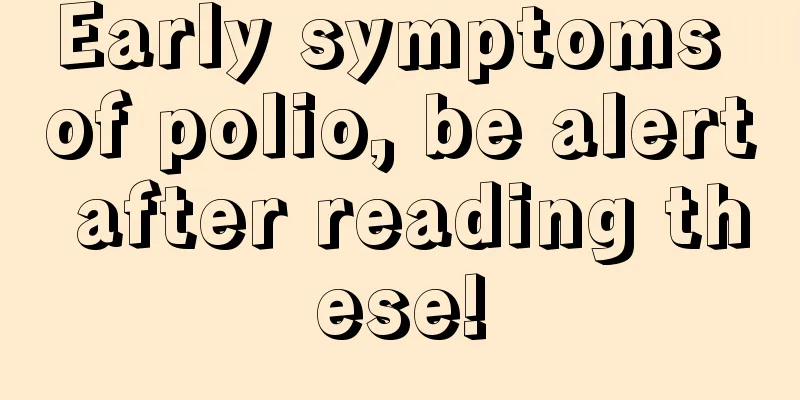What to do if the child has itchy red spots on his body

|
If a child develops blisters on his body and they are very itchy, you should be alert that it may be urticaria in the child, because urticaria is not only a disease that is common in adults, but also in children, and it has a greater impact and harm on them. Therefore, when a child has urticaria, you should also pay attention to scientific care and treatment, and you must not let them eat some eggs, fish, shrimp, and other foods that may cause allergies. 1. Urticaria in children Urticaria is not only a common disease in adults, but also a common disease in children. The characteristics of urticaria in children are: it is mostly caused by allergic reactions. The most common suspected causes are food first and infection second. The causes of urticaria vary depending on age and diet. For example, if infants are mainly fed with breast milk, milk, and dairy products, the causes of urticaria are mostly related to additives in milk and dairy products. As they grow older, infants start to eat complementary foods. At this time, eggs, meat floss, fish floss, fruit juice, vegetables and fruits can all become causes of allergies. Preschool and school-age children often like to eat snacks. There are more types of snacks than regular meals, so the chance of food allergies increases. Foods such as fruits, fish, crabs, shrimps, peanuts, eggs, strawberries, apples, plums, citrus, various cold drinks, beverages, chocolate, etc. may all become causes of allergies. 2. Cholestatic urticaria It often occurs in adolescence, after exposure to heat (hot drinks, hot baths), emotional excitement, and exercise. The rash is characterized by small wheals of 1 to 3 mm in size, surrounded by red halos, mostly on the trunk and proximal extremities, and itchy. Some patients also have gastrointestinal symptoms, such as abdominal pain, diarrhea, etc. 3. Chronic urticaria
|
<<: How to replenish zinc deficiency in children quickly
>>: How to deal with a child who falls and vomits but is in good spirits
Recommend
Why are the inner lips of the baby white?
When the baby's body shows abnormal phenomena...
What does hemolysis mean in children?
Hemolytic disease in a child refers to the incomp...
Baby's reaction after DPT vaccination
The baby's physical condition has always been...
How to communicate better with children with autism
When interacting with autistic children, you need...
What is myocardial strain in children?
I wonder if any children around you have ever suf...
Factors that cause sleepiness in three-month-old babies
Newly born babies need careful care and attentive...
Causes of dry cough in babies
I believe that families with children have found ...
One thing you must tell your children, you may not even know
Have you noticed that there is a string of number...
Children's vision development standards and the best time to check
Nowadays, there are many people with myopia, espe...
What should I do if my three-month-old baby has a stuffy nose and cough?
Because children's physical development is no...
How many days will it take for a baby’s fever to recover from bacterial infection?
Fever is the most common symptom of illness in ba...
Vitamin D overdose symptoms in babies
Vitamin D is an important basic nutrient for the ...
What should I do if a bug gets into my child’s ear?
In life, it is inevitable that some things will e...
What to do if your child has a hoarse throat
Because there are very important vocal cords insi...
Baby's scalp is hot but forehead is not hot
Babies have relatively less hair on their heads, ...









